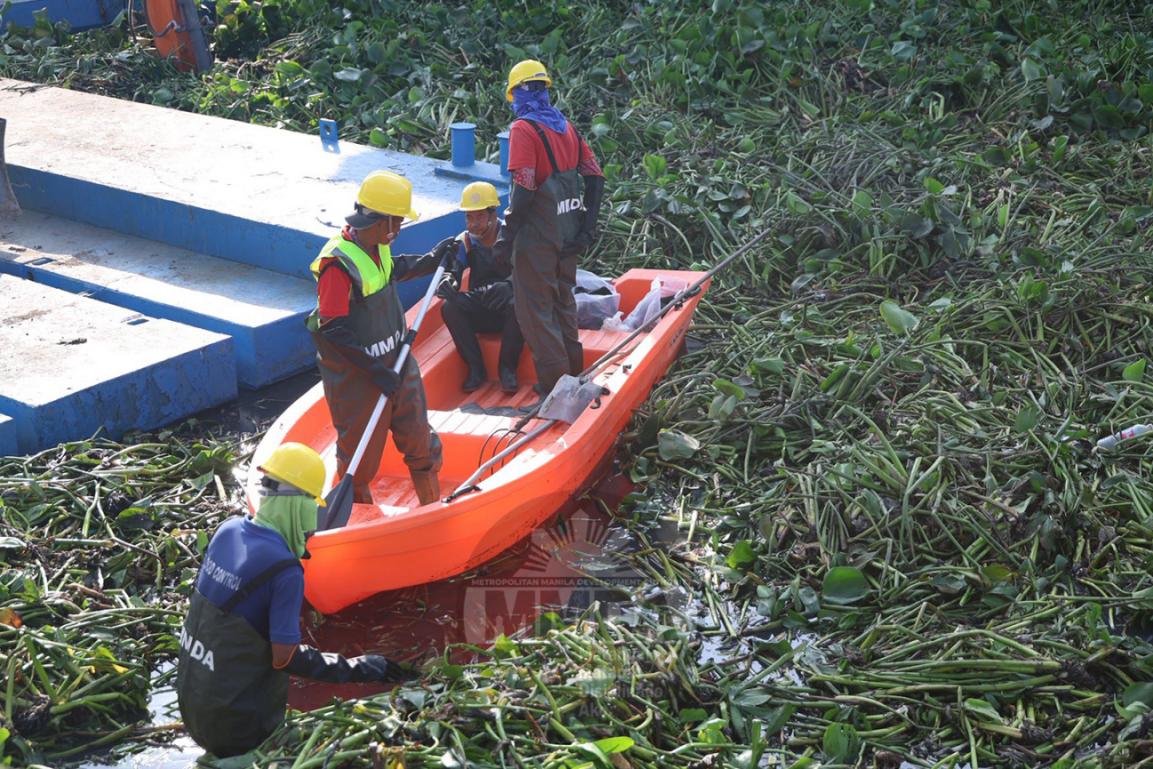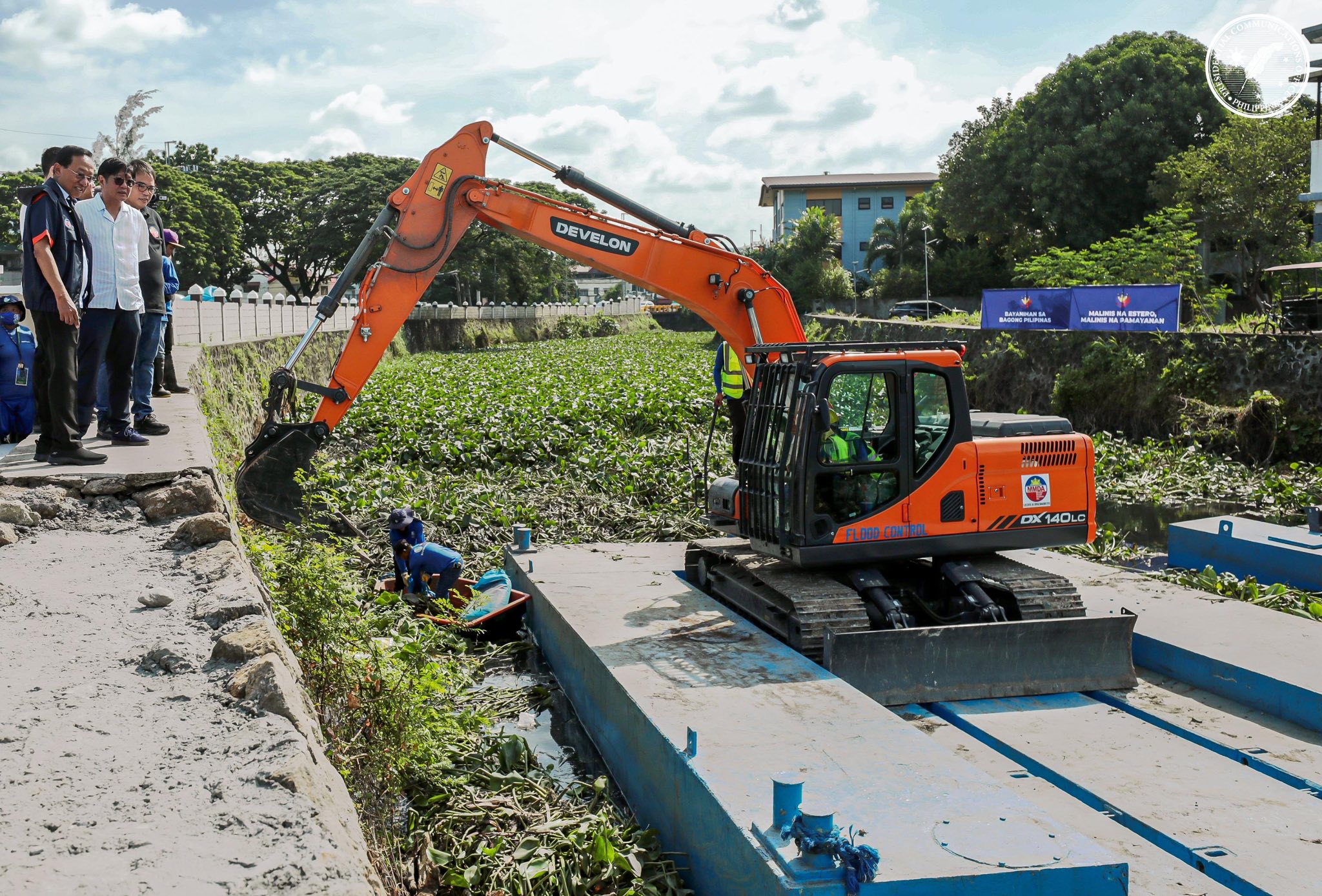
By Brian Campued
President Ferdinand R. Marcos Jr. stressed the need for collaboration among the national government, the local government units (LGUs), and volunteer groups to sustain flood mitigation efforts in Metro Manila as he led the launch of the “Bayanihan sa Estero: Malinis na Estero Pamayanan Protektado” Program in Pasig City on Saturday.
In a speech during the cleanup drive at Ilugin River (Buli Creek) in Barangay Pinagbuhatan, the President emphasized that big flood control projects not only involve building slope protection structures but also watershed development and cleaning heavily silted waterways.
“Kahit magandang-maganda na lahat ng flood control projects natin, kapag ganito pa rin ang ating estero, ay wala rin, mababaha pa rin tayo dahil walang madaanan ang tubig… Talagang kailangang bigyan natin ng pansin itong problemang ito, and this is our response,” he said.
“Kaya iyan ang aming ginagawa—parang adjustment natin. Kailangan na talaga tayong mag-adjust sa climate change; at kahit anong gawin natin, hindi natin mapipigilan ang tinatawag nating climate change.”

An initiative of the Metro Manila Development Authority (MMDA), the Bayanihan sa Estero Program aims to intensify efforts on cleaning up and maintaining drainage infrastructures across the metropolis in line with the President’s socioeconomic agenda on disaster resilience.
MMDA Chairperson Atty. Romando Artes echoed the Chief Executive’s remarks, noting that through collective action, “real change is attainable” when it comes to addressing flooding in Metro Manila.
“Our initiatives play a vital role in flood mitigation. We need to intensify these efforts of declogging our drainage laterals, dredging of open waterways, desilting of drainage mains, and removal of accumulated solid waste with the help of our stakeholders,” Artes said in a statement.

According to the MMDA, the program identified 23 priority “esteros” that need immediate intervention due to significant siltation, heavy accumulation of solid waste, poor flow conditions, and their susceptibility to recurrent flooding.
Cleanup for 12 esteros have been completed, with a total of 881 cubic meters of garbage removed. The remaining 13 esteros are scheduled for cleanup with ongoing coordination with LGUs.
Meanwhile, the solid waste as well as water hyacinths collected will then undergo segregation and processing to be converted into various by-products, including plastic bricks, hollow blocks, concrete barriers, lily pots, and charcoal briquettes.
-jpv
